Genre: Shmup Developer: Namco Publisher: Namco Players: 1 Released: 1990
Dangerous Seed is a vertical-scrolling shooter similar in many ways to Raiden and Terra Cresta but with a power-up system more involved than either. There are three primary weapon types available (wave, Vulcan, and lasers) and each can be upgraded three times. Speed-ups are found easily enough and are a necessity. Bombs are plentiful, and each of your craft’s three wings utilizes their power differently. The less common pick-ups are bullet-smashing satellites to protect your craft, energy tanks to refill your shields, and “wing” icons that replace destroyed pieces of your craft.
The influence of Nichibutsu’s 1985 release Terra Cresta can be seen in the game’s system of building up the player’s craft by combining three different interlocking “wings,” named Alpha, Beta, and Gamma. You begin with Alpha wing and pick up a new wing after stages two and four. Unlike Terra Cresta, Dangerous Seed allows you to rearrange the layout of your wings, giving your craft different fire patterns. Pressing the C button allows you to cycle through up to three formations, depending on how many wing segments you have. The front wing in any formation is the most important factor and having Alpha wing in front typically doubles or even triples the raw firepower per shot.
The first thing that catches your attention when starting a game is the small sprite size of the player and enemy ships. The sprites are never so small that it becomes annoying or problematic, though, and the increased scope of the screen that results is a nice bonus. All the game’s action takes place in a 3:4 ratio “arcade screen” on the left while a separate side-panel to the right displays score, shield, bomb count, and other information.
Thankfully, Dangerous Seed is a dodge-the-bullets (“twitch”) type shooter, with little to no memorization of enemy fire patterns needed. Still, enemy fire is never so incredibly dense or constant that anything other than the later bosses will really challenge a moderately skilled fan of the genre. Other things generally done correctly here include a lack of enemy reliance on cheap-shots, plentiful enough power-ups to keep most players interested, and an intricate power-up system that players will want to experiment with to find their preferred combination of weapons, wings, and formations.
Though Dangerous Seed‘s power-up system is well done, in one aspect the designers’ aspirations overshadowed their abilities. My biggest frustration with this game is that your craft’s rate of fire for the primary weapon drops dramatically when all three wings are docked, especially when Alpha wing is in front. The firing rate drops most noticeably with lasers, generally to about three shots per second but this can go much lower when the on-screen action gets intense. Though incredibly rare, the rate would sometimes drop as low as one shot every two seconds, making me want to throw my controller down in disgust.
Interestingly, the game never exhibits slow-down or flicker, suggesting that the drops in rate of fire are a “feature” incorporated by the programmers to avoid the stereotypical stigmas that detract from the flow of gameplay in so many other shmups. Why this trade-off was decided upon is dumbfounding, considering that it utterly ruins the usefulness of the third wing under some configurations. It becomes sadly obvious that the designers were misguided the first time you find yourself ramming enemy bullets to send that evil third wing right back to the hell from which it was spawned. Luckily, the designers’ idea of sacrificing firepower for fluid gameplay when programming around hardware limitations seems to be one “innovation” that was never again used or even imitated.
The bosses are all very large, and there is little to distinguish the flow of one boss-battle from the next. The bosses tend to move quickly in a straight line from one point to another, spam and spew popcorn, then repeat. Player deaths during boss battles are typically caused by the quick-moving behemoth simply crushing your craft against the edge of the screen. Moreover, there isn’t much of a grace-period after taking damage from enemy fire or enemy ships, meaning the one enemy that does manage to fly right through you may actually completely destroy one of your wings and damage the others.
On the plus side, controls are simple and responsive, leaving little room for complaint, though bombs sometimes do not trigger immediately. The sound effects are adequate to match the on-screen action: none are tinny or harsh as with some Mega Drive games. The game’s music, while repetitive, is easily ignored and never truly annoying.
Dangerous Seed, despite its obvious flaws, still ranks as one of the better shmups available for Sega’s 16-bit console due to good pacing and an adequate, though not incredibly challenging, twitch factor. The power-up system, though somewhat uninspired, is intricate enough to maintain interest, but poor execution ruins a great deal of its potential. Still, shmup fans who can get a copy for around $10 will likely feel justified with their purchase.
SCORE: 8 out of 10

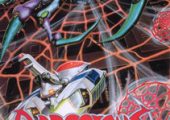
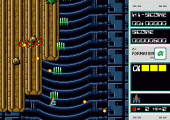
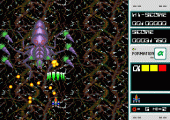
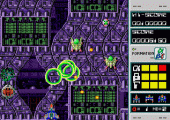
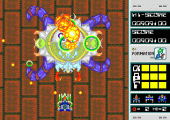
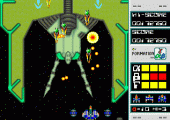
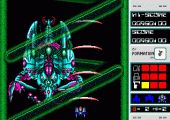
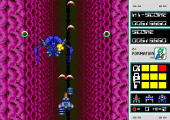
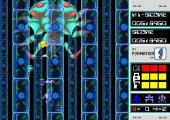
Recent Comments